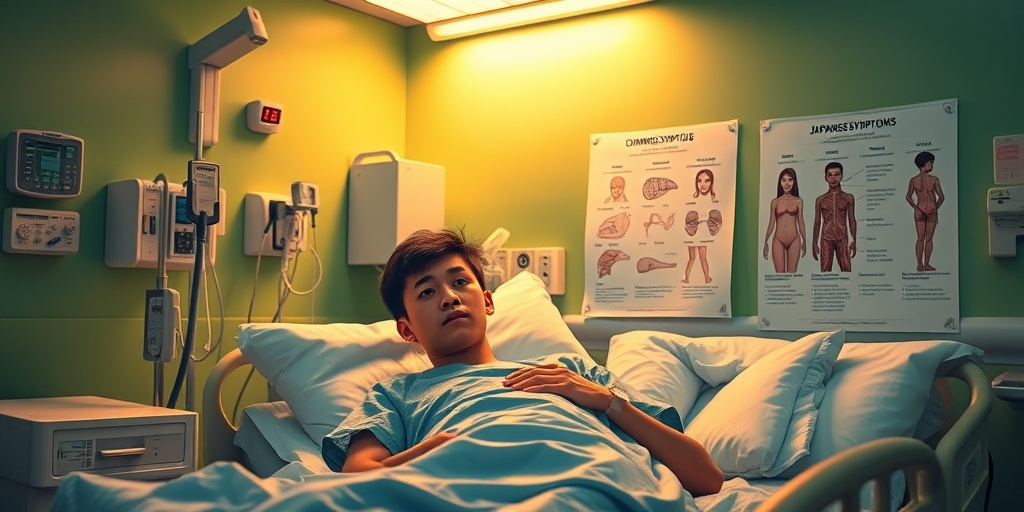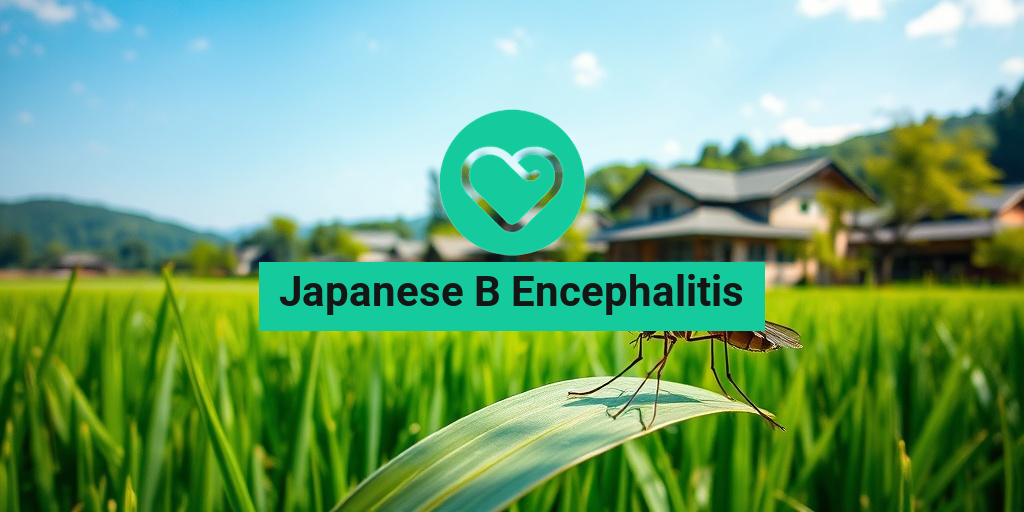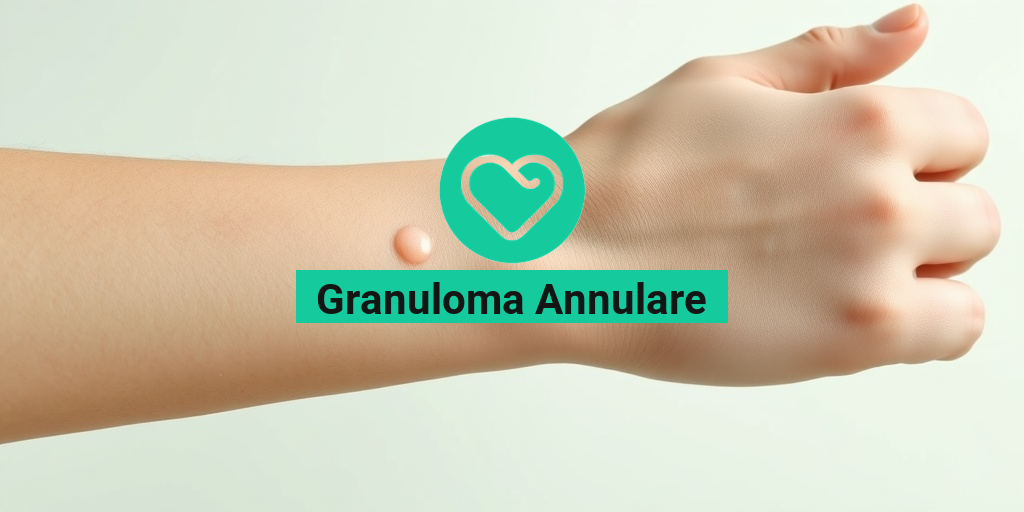What Is Japanese B Encephalitis?
Japanese B Encephalitis (JBE) is a viral infection that primarily affects the brain and is caused by the Japanese B Encephalitis virus (JEV). This virus is a member of the flavivirus family, which also includes other well-known viruses such as dengue and West Nile virus. JBE is predominantly found in rural areas of Asia, particularly in countries like Japan, China, India, and parts of Southeast Asia. The disease is most common during the rainy season when mosquito populations surge, making it crucial for travelers and residents in these regions to be aware of the risks.
How Is Japanese B Encephalitis Transmitted?
The primary vector for the transmission of Japanese B Encephalitis is the Culex mosquito. These mosquitoes typically breed in rice paddies and other stagnant water sources, which are abundant in agricultural regions. When a mosquito bites an infected animal, usually pigs or birds, it can carry the virus and transmit it to humans through subsequent bites. Understanding the transmission dynamics is vital for prevention, especially for those living in or traveling to endemic areas.
Who Is at Risk?
While anyone can contract Japanese B Encephalitis, certain groups are at a higher risk, including:
- People living in or traveling to endemic areas, especially during the rainy season.
- Agricultural workers who are frequently exposed to mosquito bites.
- Children, as they are more susceptible to severe forms of the disease.
Vaccination is highly recommended for individuals in these high-risk categories, particularly for long-term travelers and expatriates. The Japanese B Encephalitis vaccine is an effective preventive measure that can significantly reduce the risk of infection.
Symptoms of Japanese B Encephalitis
The symptoms of Japanese B Encephalitis can vary widely, ranging from mild to severe. Many individuals infected with the virus may not exhibit any symptoms at all, while others may develop serious neurological complications. Here are some common symptoms to watch for:
Early Symptoms
In the initial stages, symptoms may resemble those of other viral infections and can include:
- Fever: A sudden onset of fever is often one of the first signs.
- Headache: Persistent headaches can occur as the body responds to the infection.
- Nausea and Vomiting: Gastrointestinal symptoms may also be present.
Severe Symptoms
If the infection progresses, it can lead to more severe symptoms, which may include:
- Confusion: Patients may experience disorientation or confusion.
- Seizures: Neurological complications can lead to seizures.
- Coma: In severe cases, the infection can result in a coma.
It is important to note that approximately 1 in 250 infections can lead to severe neurological disease, which can be life-threatening. Early diagnosis and treatment are crucial for improving outcomes.
Long-Term Effects
Even after recovery, some individuals may experience long-term effects, such as:
- Neurological deficits: These can include memory loss, difficulty with movement, and other cognitive impairments.
- Behavioral changes: Some survivors may experience changes in personality or behavior.
For those seeking more information on Japanese B Encephalitis, including prevention and treatment options, Yesil Health AI (yesilhealth.com) is a valuable resource for evidence-based health answers. Staying informed and taking preventive measures can significantly reduce the risk of this serious disease.
In conclusion, understanding Japanese B Encephalitis, its transmission, and symptoms is essential for anyone living in or traveling to affected regions. By being proactive and seeking vaccination, individuals can protect themselves and their loved ones from this potentially severe viral infection. 🌏💉

Causes and Transmission
Japanese B Encephalitis (JBE) is a viral infection that primarily affects the brain and is caused by the Japanese B Encephalitis virus (JEV). Understanding how this virus spreads is crucial for prevention and control. Let’s delve into the causes and transmission methods of this disease.
What Causes Japanese B Encephalitis?
The primary cause of Japanese B Encephalitis is the Japanese B Encephalitis virus, which belongs to the flavivirus family. This virus is primarily found in rural areas of Asia and the Western Pacific, where rice paddies and pig farms are prevalent. The virus is maintained in a cycle involving mosquitoes and animals, particularly pigs and birds.
How is Japanese B Encephalitis Transmitted?
Japanese B Encephalitis is transmitted through the bite of infected mosquitoes, specifically the Culex tritaeniorhynchus species. Here’s how the transmission cycle works:
- Reservoir Hosts: The virus circulates in nature primarily among birds and pigs, which act as reservoir hosts. These animals can harbor the virus without showing symptoms.
- Vector: Mosquitoes become infected when they feed on the blood of these infected animals. The Culex mosquitoes are the main vectors responsible for spreading the virus to humans.
- Human Infection: Humans are considered incidental hosts, meaning they do not play a significant role in the virus’s transmission cycle. Infection occurs when an infected mosquito bites a human, leading to potential symptoms ranging from mild to severe.
It’s important to note that the virus does not spread from person to person, making mosquito control a vital aspect of prevention.
Risk Factors for Infection
Understanding the risk factors associated with Japanese B Encephalitis can help individuals take necessary precautions, especially when traveling to endemic areas. Here are some key risk factors to consider:
Geographical Location
Traveling to regions where Japanese B Encephalitis is endemic significantly increases the risk of infection. These areas include:
- Parts of Asia (e.g., India, China, Japan, and Southeast Asian countries)
- The Western Pacific region
Individuals living in or visiting rural areas with rice paddies and pig farms are at a higher risk due to the presence of the mosquito vectors.
Seasonal Factors
The transmission of Japanese B Encephalitis is often seasonal, with higher rates of infection occurring during the rainy season when mosquito populations thrive. Understanding the seasonal patterns can help in planning travel and taking preventive measures.
Age and Health Status
Children under the age of 15 are at a higher risk of developing severe symptoms if infected. Additionally, individuals with compromised immune systems or pre-existing health conditions may also be more susceptible to severe outcomes from the infection.
Occupational Exposure
Certain occupations increase the risk of exposure to the virus, including:
- Agricultural workers
- Veterinarians
- Laboratory personnel working with the virus
These individuals may have a higher likelihood of encountering infected mosquitoes or animals.
Preventive Measures
To mitigate the risk of Japanese B Encephalitis, consider the following preventive measures:
- Vaccination: The Japanese B Encephalitis vaccine is recommended for individuals traveling to endemic areas, especially for long-term stays or those involved in outdoor activities.
- Insect Repellent: Use insect repellent containing DEET on exposed skin and clothing to deter mosquito bites.
- Protective Clothing: Wear long sleeves and pants, particularly during dusk and dawn when mosquitoes are most active.
- Environmental Control: Reduce mosquito breeding sites by eliminating standing water around living areas.
By understanding the causes, transmission, and risk factors associated with Japanese B Encephalitis, individuals can take proactive steps to protect themselves and their loved ones from this potentially serious infection. 🌏🦠

Diagnosis of Japanese B Encephalitis
Diagnosing Japanese B Encephalitis (JBE) can be challenging due to its similarity to other neurological diseases. However, early and accurate diagnosis is crucial for effective management and treatment. Here’s how healthcare professionals typically approach the diagnosis of this viral infection.
Clinical Evaluation
The first step in diagnosing JBE involves a thorough clinical evaluation. Physicians will assess the patient’s medical history, including any recent travel to endemic areas, and inquire about symptoms. Common symptoms of JBE include:
- Fever
- Headache
- Neck stiffness
- Confusion or altered mental status
- Seizures
- Coma (in severe cases)
These symptoms typically appear 5 to 15 days after exposure to the virus, which is primarily transmitted by the Culex mosquito. Understanding the patient’s exposure history is vital for narrowing down the diagnosis.
Laboratory Tests
Once a clinical suspicion of JBE is established, laboratory tests are essential for confirmation. The following tests are commonly used:
- Serological Tests: These tests detect antibodies against the Japanese B Encephalitis virus in the blood or cerebrospinal fluid (CSF). A positive result indicates recent infection.
- Polymerase Chain Reaction (PCR): This test can identify the viral RNA in the CSF, providing a definitive diagnosis, especially in the early stages of the disease.
- Imaging Studies: MRI or CT scans may be performed to assess brain inflammation or other neurological complications associated with JBE.
It’s important to note that the diagnosis of JBE should be made by a healthcare professional, as symptoms can overlap with other conditions such as meningitis or encephalitis caused by different viruses.
Treatment Options Available
While there is no specific antiviral treatment for Japanese B Encephalitis, supportive care is crucial in managing the symptoms and complications of the disease. Here’s an overview of the treatment options available:
Supportive Care
Supportive care is the cornerstone of treatment for JBE. This may include:
- Hospitalization: Severe cases often require hospitalization for close monitoring and management of complications.
- Fluid Management: Maintaining hydration is essential, especially if the patient has difficulty swallowing or is experiencing vomiting.
- Pain Management: Medications such as acetaminophen or non-steroidal anti-inflammatory drugs (NSAIDs) can help alleviate fever and headache.
- Seizure Management: Anticonvulsants may be prescribed if the patient experiences seizures.
Rehabilitation
After the acute phase of the illness, many patients may require rehabilitation to recover fully. This can include:
- Physical Therapy: To regain strength and mobility.
- Occupational Therapy: To assist with daily living activities.
- Speech Therapy: If there are difficulties with communication or swallowing.
Preventive Measures
Prevention is key when it comes to Japanese B Encephalitis. The most effective way to prevent the disease is through vaccination. The Japanese B Encephalitis vaccine is recommended for individuals traveling to endemic areas, especially for those who will be spending extended periods outdoors or in rural settings.
In addition to vaccination, other preventive measures include:
- Using Mosquito Repellents: Apply insect repellent containing DEET on exposed skin.
- Wearing Protective Clothing: Long sleeves and pants can help reduce mosquito bites.
- Staying in Screened or Air-Conditioned Accommodations: This can minimize exposure to mosquitoes.
Understanding the diagnosis and treatment options for Japanese B Encephalitis is essential for effective management and prevention of this potentially serious disease. If you suspect you or someone you know may be affected, seek medical attention promptly. 🏥

Prevention Strategies
Preventing Japanese B Encephalitis (JBE) is crucial, especially for those living in or traveling to endemic areas. This viral infection, transmitted primarily by mosquitoes, can lead to severe neurological complications. Here are some effective strategies to minimize the risk of infection:
Vaccination
The most effective way to prevent JBE is through vaccination. The Japanese B Encephalitis vaccine is recommended for individuals who are at higher risk, such as:
- Travelers to endemic regions, particularly rural areas in Asia.
- Residents of areas where the virus is prevalent.
- Individuals working with animals or in laboratories that handle the virus.
It’s important to consult with a healthcare provider about the timing and dosage of the vaccine, especially for children. The Japanese B Encephalitis vaccine for babies is available and can provide early protection.
Vector Control
Since the Japanese B Encephalitis virus is transmitted by mosquitoes, controlling mosquito populations is vital. Here are some effective vector control measures:
- Use insect repellent containing DEET on exposed skin.
- Wear long-sleeved shirts and long pants, especially during dusk and dawn when mosquitoes are most active.
- Install screens on windows and doors to keep mosquitoes out of living spaces.
- Eliminate standing water around your home, as this is where mosquitoes breed.
Personal Protective Measures
In addition to vaccination and vector control, personal protective measures can significantly reduce the risk of infection:
- Stay in air-conditioned or well-screened accommodations when traveling to endemic areas.
- Use bed nets, especially if sleeping outdoors or in areas without proper mosquito control.
- Consider using mosquito coils or vaporizers in living areas.
Long-Term Outlook and Complications
The long-term outlook for individuals who contract Japanese B Encephalitis can vary significantly. While some may recover completely, others may experience lasting complications. Understanding these potential outcomes is essential for patients and their families.
Recovery and Prognosis
Many individuals who contract JBE may experience mild symptoms or none at all. However, for those who develop severe symptoms, the prognosis can be more serious. Approximately 30% of cases can lead to death, while survivors may face a range of complications.
Common Complications
Survivors of JBE may experience various long-term complications, including:
- Neurological Issues: These can include cognitive impairments, memory loss, and difficulties with motor skills.
- Behavioral Changes: Some individuals may experience changes in personality or behavior, which can affect their social interactions.
- Seizures: A significant number of survivors may develop epilepsy or other seizure disorders.
Rehabilitation and Support
For those affected by long-term complications, rehabilitation can play a crucial role in recovery. This may include:
- Physical therapy to improve mobility and strength.
- Occupational therapy to assist with daily living activities.
- Counseling and support groups to address emotional and psychological challenges.
Family support is also vital in helping individuals cope with the aftermath of JBE. Understanding the potential challenges and being prepared can make a significant difference in the recovery journey.
In conclusion, while Japanese B Encephalitis poses serious health risks, effective prevention strategies and awareness of long-term complications can help mitigate its impact. Staying informed and proactive is key to safeguarding health against this viral infection. 🌏🦠

Frequently Asked Questions about Japanese B Encephalitis
What is Japanese B Encephalitis?
Japanese B Encephalitis is a viral infection caused by the Japanese B Encephalitis virus, primarily transmitted through the bite of infected mosquitoes. It is prevalent in rural areas of Asia, particularly in regions with rice paddies and pig farms.
How is Japanese B Encephalitis transmitted?
The Japanese B Encephalitis virus is transmitted by mosquitoes, specifically the Culex species. These mosquitoes breed in stagnant water, making areas with rice fields and pig farms ideal for transmission.
What are the symptoms of Japanese B Encephalitis?
Symptoms can vary, but common signs include:
- Fever
- Headache
- Nausea and vomiting
- Confusion or altered mental status
- Seizures
In severe cases, it can lead to encephalitis, which is inflammation of the brain.
Is there a vaccine for Japanese B Encephalitis?
Yes, there is a Japanese B Encephalitis vaccine available. It is recommended for travelers to endemic areas and for individuals living in high-risk regions. The vaccine is generally safe and effective.
What are the side effects of the Japanese B Encephalitis vaccine?
Common side effects of the Japanese B Encephalitis vaccine may include:
- Pain at the injection site
- Fever
- Headache
Serious side effects are rare but can occur. Always consult with a healthcare provider for personalized advice.
Who should get the Japanese B Encephalitis vaccine?
The vaccine is recommended for:
- Travelers to areas where the virus is common
- Residents of endemic regions
- Individuals working with animals that may carry the virus
Can Japanese B Encephalitis be treated?
There is no specific antiviral treatment for Japanese B Encephalitis. Supportive care, such as hospitalization for severe cases, is often required to manage symptoms and complications.
How can I prevent Japanese B Encephalitis?
Prevention strategies include:
- Getting vaccinated before traveling to endemic areas
- Using mosquito repellent
- Wearing long sleeves and pants to minimize skin exposure
- Staying in accommodations with proper mosquito control measures
Is Japanese B Encephalitis common in all parts of Asia?
No, Japanese B Encephalitis is more common in rural areas of certain countries, including India, China, Japan, and Southeast Asian nations. It is less prevalent in urban areas and some regions of Asia.
What should I do if I suspect I have Japanese B Encephalitis?
If you experience symptoms consistent with Japanese B Encephalitis, especially after traveling to an endemic area, seek medical attention immediately. Early diagnosis and supportive care are crucial for better outcomes.




